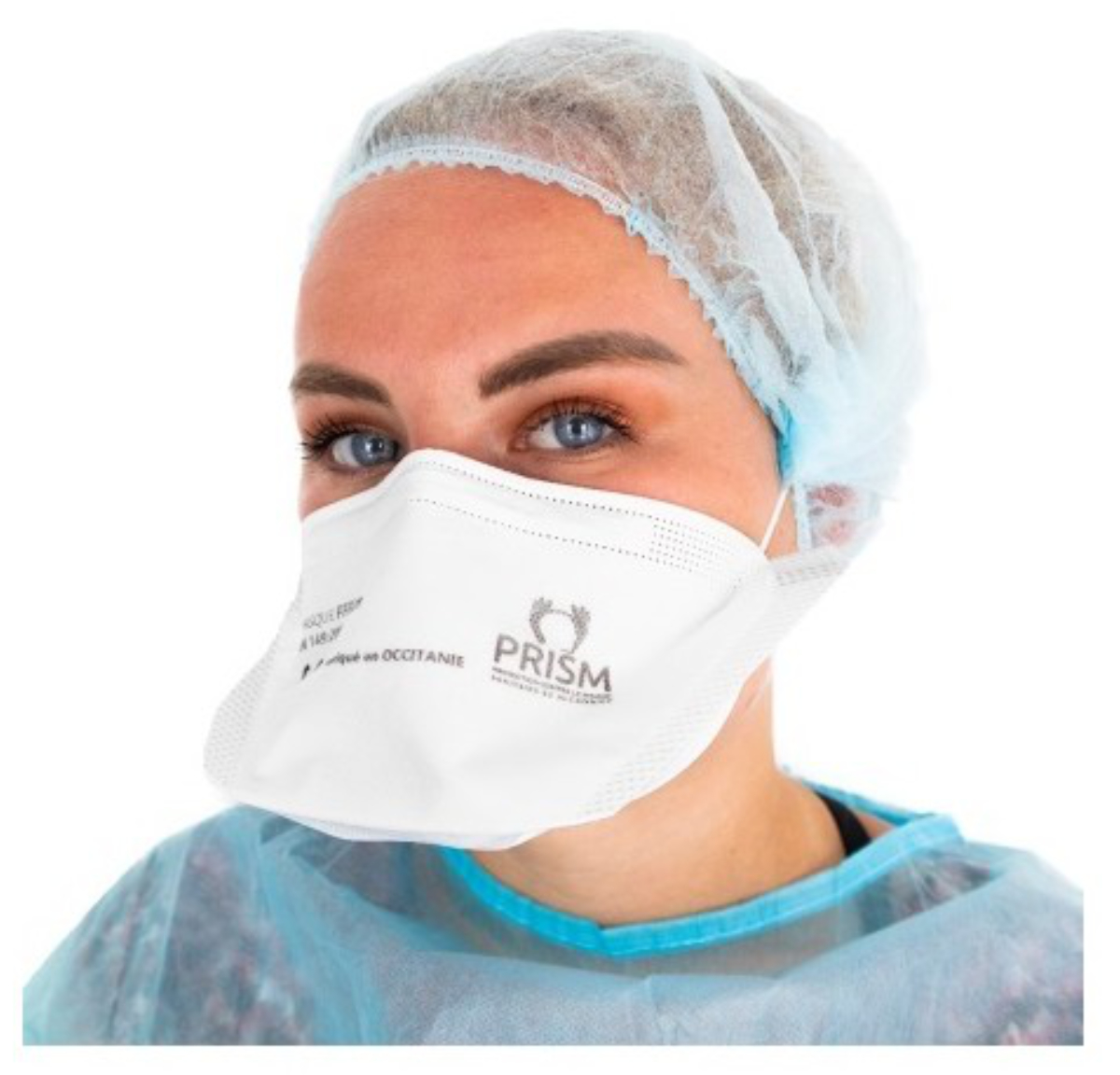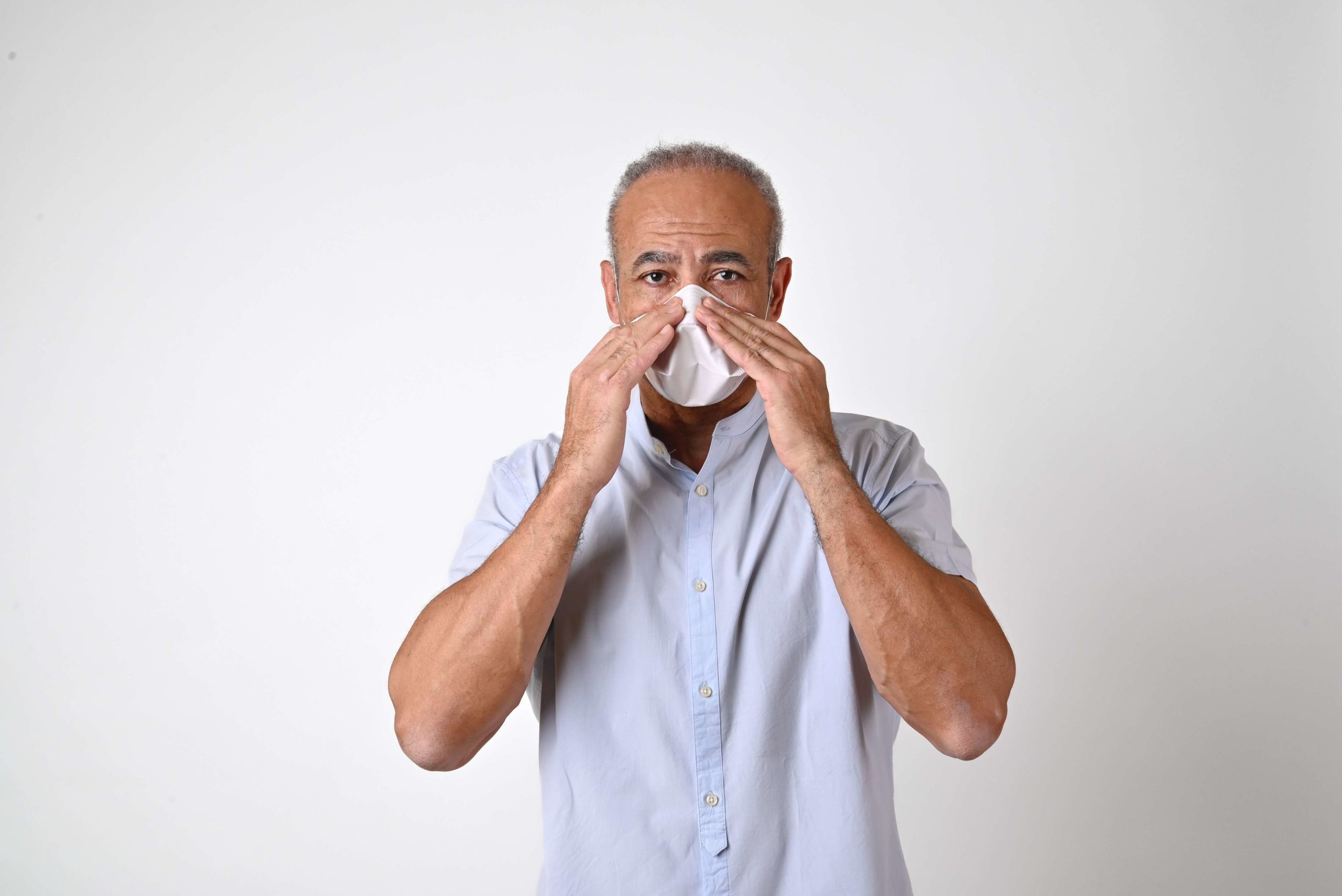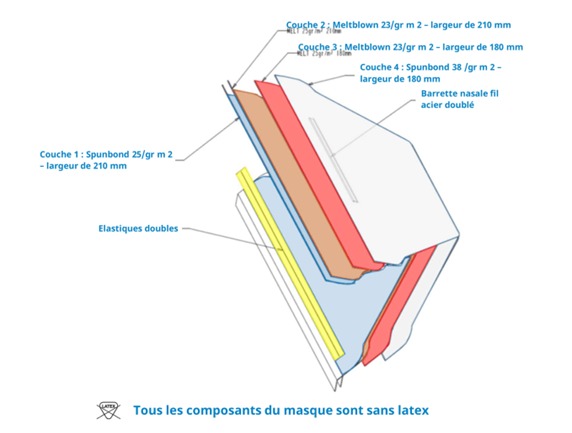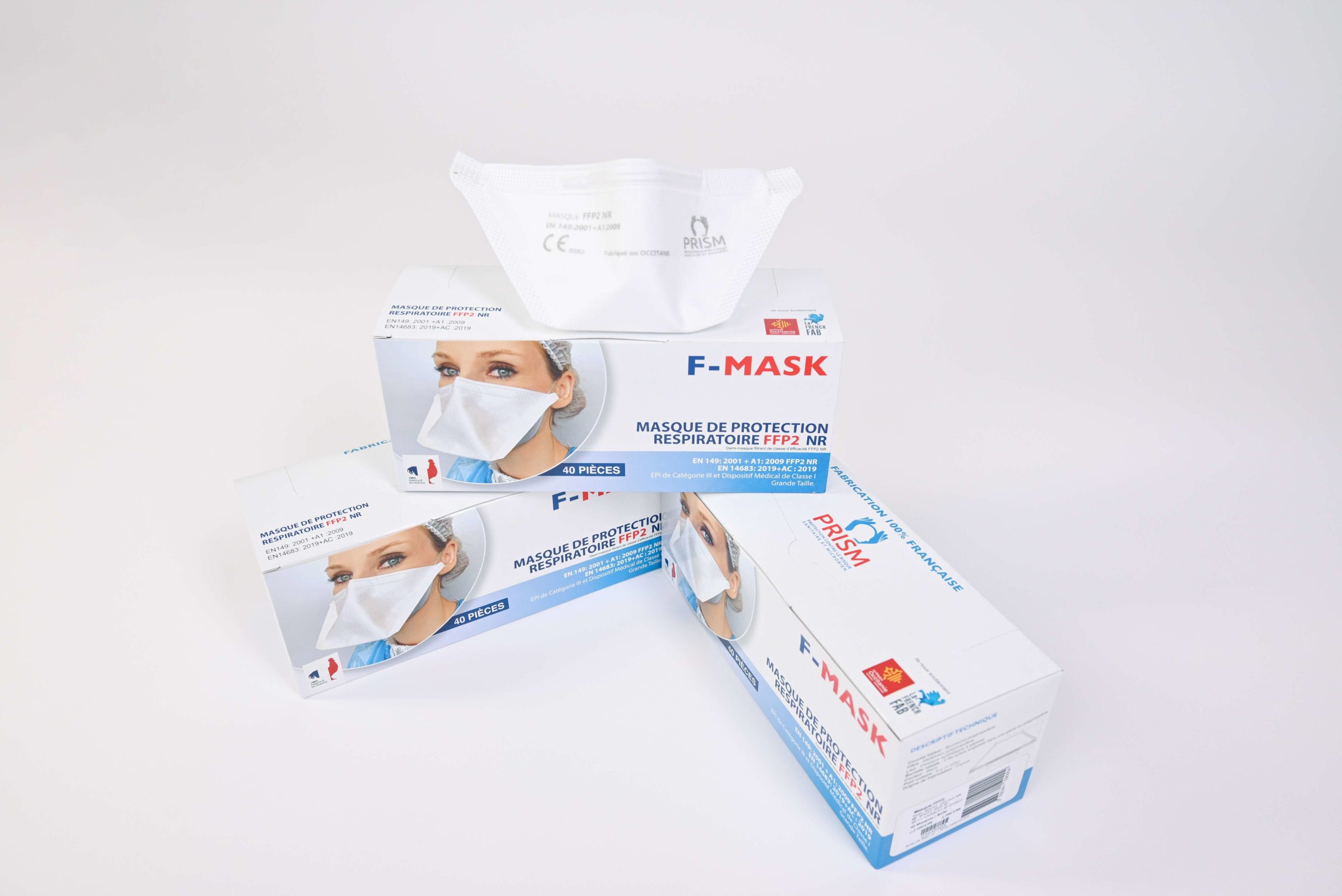FFP2 mask
36.00CHF
- Masks are sold in boxes of 40 (mask size 245 x 87 mm).
- Is classified as category III PPE according to article 8.2
- Meets Annex II requirements
- Complies with standard EN 149: 2001+A1:2009
- Complies with standard EN14683+AC: 2019
- Complies with Directive 2017/745 of the European Parliament and of the Council
- The notified body laboratory Apave SudEurope SAS, N°0082, located at 17 Boulevard Paul Langevin, 38600 Fontaine-France, has carried out the EU type-examination (module B) and issued the EU type-examination certificate number: 0082/3840/079/12/20/0887.
- The PPE has undergone C2 module conformity assessment under the supervision of the notified body Apave SudEurope SAS, N°0082, located at 17 Boulevard Paul Langevin, 38600 Fontaine-France.
Are you a health professional?
Are you buying for a hospital? A doctor?
A private company or a public institution?
For any order over 2000 masks,
contact our teams!

How to use it
Mask effectiveness: 8h in normal activity
The mask can be used for protection against SARS-CoV-2 (Covid-19). Respiratory protective device designed to protect the wearer from inhalation of airborne droplets and particles. For this reason, Face Filter Piece (FFP) masks offer better protection for this type of use.





Characteristics of medical equipment
The FFP2 mask is made up of several components with specific functions:
- A "duckbill" mask organized in several layers (called plies). The outer layers are made of non-woven polypropylene (also known as spunbond). The two intermediate layers (filter media) ensure filtration with meltblown fabric.
- A double nose clip that adjusts the mask to the shape of the nose, prevents leaks and reduces fogging of glasses.
- Occipital attachments, which allow the mask to be fastened to the face using a double flat elastic (manual separation).

Much more effective than
cloth masks
Its effectiveness has also been demonstrated in enclosed spaces (inside buildings).
For example, the widespread use (by patients, staff and visitors) of this type of mask in hospitals can significantly significantly reduce the risk of nosocomial influenza.
In this context, it is also far more effective than fabric masks, which can be used in the event of shortages, such as during the COVID-19 epidemic in 2020.
The main reasons given for the reduced effectiveness of fabric masks are moisture retention, low filtration capacity and contamination when reused without soap washing.

